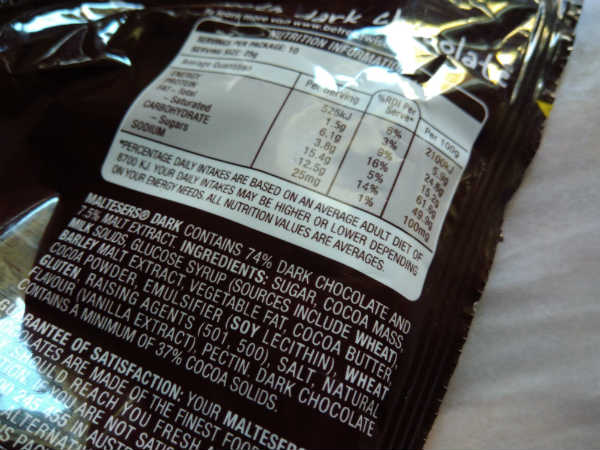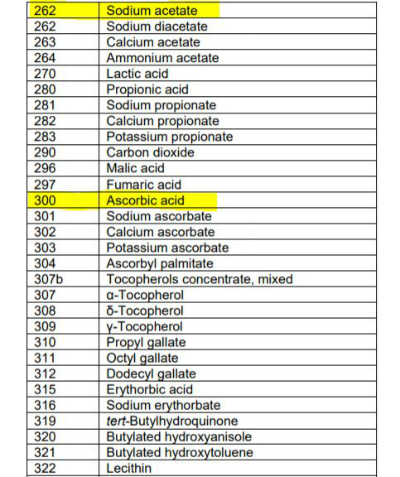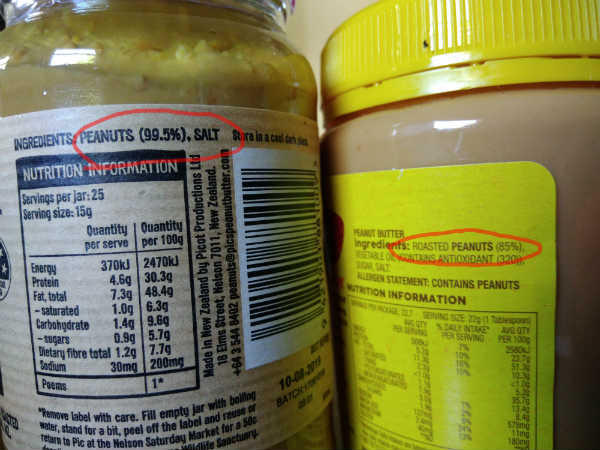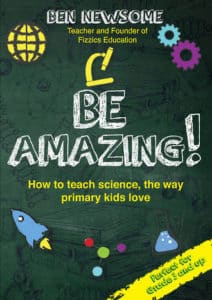Happy Easter everyone! While I’m looking forward to the long weekend and eating plenty of chocolate, I have also been learning about other cultures and their food restrictions around this holiday season. This means reading lots of labels to find out what ingredients food items are made from. It got me thinking: what lessons can we learn from labels? Can this turn into a student activity on science and maths literacy?

Learning while snacking!
I picked up a bag of sweet treats and turned it over; there is so much information there! By law, food products labels must show a list of ingredients from which is the product is made, as well as its country of origin. If you make claims about your product like “high in protein”, there should be a nutritional information panel with percentages that that can back it up.
Sugar, cocoa, vanilla….these all sound like they belong in a chocolatey snack. But what is “RAISING AGENTS (501, 500)”? Food technologist Yuko Saito reckons a lot of people think these mysterious codes are a “dodgy industry trick” to hide harmful ingredients from the consumer. They are in fact “E numbers” or Food Standard Codes, for common additives. Some are for adding colour or flavour, others to prolong the shelf life of products. “But if you know how to read them and what they are, it’s not that scary!”

Codes and chemical names for well-known substances!
A quick google search for “E numbers” led me to an official list of codes for food additives from Food Standards Australia New Zealand. From there, I discovered that “500” is sodium bicarbonate, which is the chemical name for bicarb soda! Other familiar chemical names caught my eye: Ascorbic acid which is another name for good old Vitamin C. Sodium acetate is the product of the fizzy reaction between bicarb soda and vinegar. The flavouring in salt and vinegar chips comes from this particular chemical compound!
So, pick a label and try out these teaching ideas with your kids:
- Researching ingredients: Don’t recognise one of the ingredients? Look it up and see what it is! Many naturally occurring chemicals have long scientific names that may seem foreign at first, but don’t let that put you off!
- Understanding its purpose: Why is there seaweed in my ice cream?! Some food additives have multiple functions; it can be used as a seasoning, thickening agent, or just to add colour. Find out what its job is in your food!
- Serving sizes and daily intake: My bag of sweets suggests that it contains 10 servings, at 6% of the daily energy intake of an average adult per serving. If I “accidentally” ate the whole bag, what percentage would I have consumed? What would that be for a child? How much exercise would I have to do to work off all of that candy? Turns these values into relatable maths lessons!
- Percentage content: One brand of peanut butter may cost more than the other, but one contains 99.5% peanuts while the other only has 85%! Use algebra to help you figure out the best deals!

Peanut-butter-off!
Let us know in the comments what you think of these lesson ideas, or if you have other suggestions!
Happy teaching,
NEW Primary science teaching book!
“Be Amazing! How to teach science, the way primary kids love”



























Comments